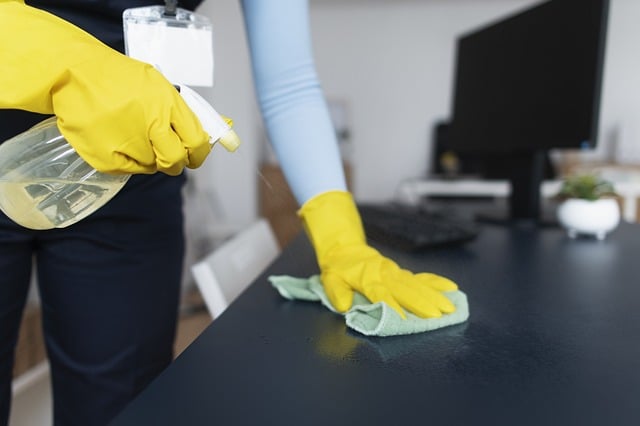Looking to revive your furniture without breaking the bank? Discover affordable upholstery cleaning techniques in this comprehensive guide. We demystify the basics and benefits of upholstery cleaning, guiding you through various fabric types and common stain solutions. Learn about natural, eco-friendly cleaners and master a step-by-step cleaning process. Plus, we weigh professional services against DIY approaches to help you decide when to outsource and save. Embrace a fresh, clean home without emptying your wallet.
Understanding Upholstery Cleaning: The Basics and Benefits
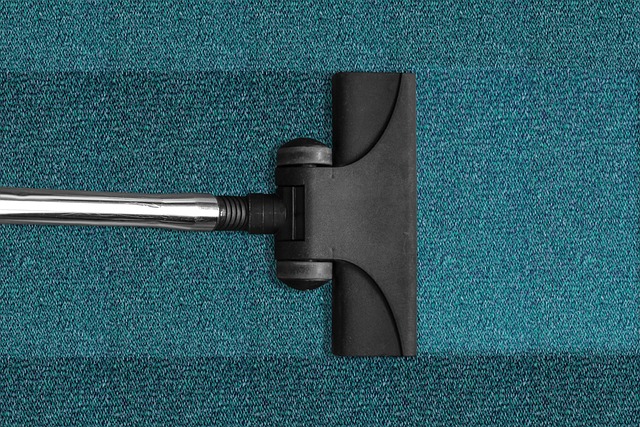
Upholstery cleaning is a vital aspect of maintaining your home or workspace, ensuring that your furniture remains not just visually appealing but also hygienic and comfortable. It involves the process of removing dirt, dust, allergens, and stains from fabric, leather, or other materials that make up your upholstery. This can be done through various methods, including steam cleaning, dry cleaning, or spot treatment, each tailored to different fabric types and levels of soiling.
The benefits of regular upholstery cleaning are multifaceted. Firstly, it helps extend the life of your furniture by preventing damage caused by dirt and debris. Secondly, it improves indoor air quality by reducing allergens like dust mites and pet dander that can trigger allergies or asthma. Lastly, a clean and fresh-smelling space contributes to overall well-being, making your living or working environment more pleasant and welcoming.
Types of Upholstered Furniture and Their Unique Care Requirements
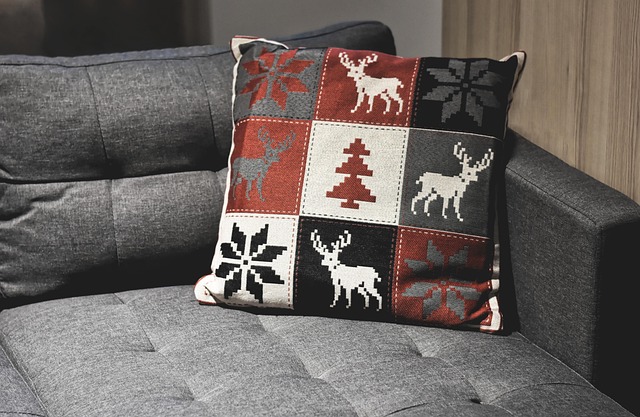
Upholstered furniture, with its soft fabrics and padded surfaces, adds comfort to our homes but also requires specific care to maintain its quality and longevity. Different types of upholstered items have distinct characteristics and cleaning needs. For instance, cloth-upholstered couches and armchairs may be more susceptible to staining and require gentle yet thorough cleaning to avoid damaging the fabric. On the other hand, leather furniture, though durable, demands a different approach; it needs conditioning and specialized cleaning products to preserve its texture and color.
When it comes to fabric types, natural fibers like cotton and linen might need more frequent vacuuming and spot treatment, while synthetic fabrics can often withstand deeper cleaning methods. Proper identification of the upholstery material is crucial for effective and safe cleaning, ensuring that the furniture remains in excellent condition over time. Effective upholstery cleaning involves understanding these nuances and adapting techniques accordingly, contributing to a healthier living environment.
Common Stains and How to Address Them Affordably
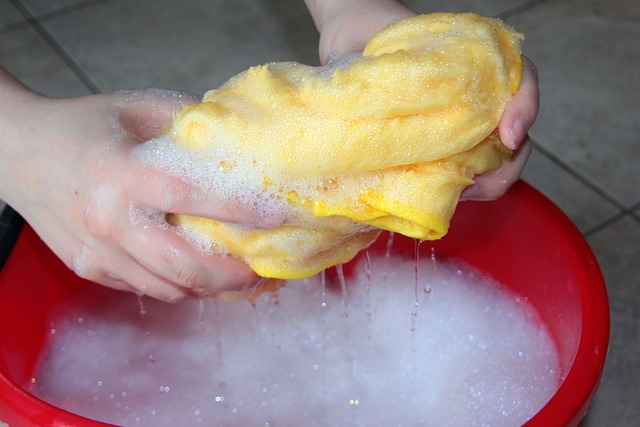
Common Stains and Their Affordable Solutions
From coffee spills on couches to pet messes on carpets, upholstery cleaning often involves tackling a range of stains. The key to affordable furniture cleaning lies in identifying and addressing these stains early. For instance, for liquid stains like coffee or wine, blotting with a clean cloth or paper towel immediately can absorb excess fluid, preventing the stain from setting. This simple step significantly eases the cleaning process later.
Addressing specific stains affordably requires using readily available household items. Baking soda and vinegar, for example, are excellent natural cleaners for many surfaces. For fabric upholstery, a mild detergent or a mixture of warm water and white vinegar can effectively remove minor stains without breaking the bank. Always spot-test cleaning solutions on a small, inconspicuous area first to ensure they don’t cause discoloration or damage.
Natural and Eco-Friendly Cleaning Solutions for Your Home
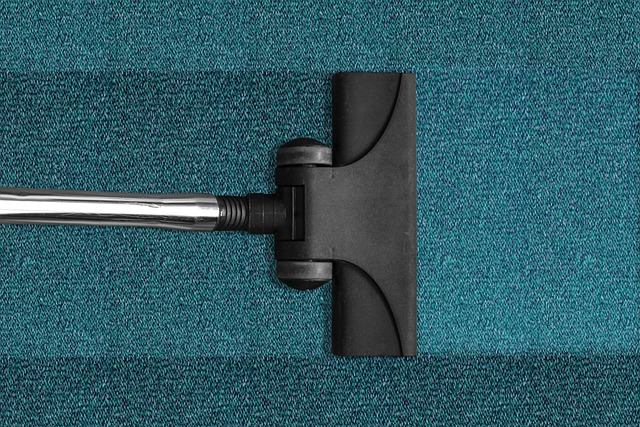
Many modern homeowners are turning towards natural and eco-friendly cleaning solutions, especially for delicate items like furniture upholstery. These methods offer a gentle yet effective way to keep your spaces fresh and clean without exposing them to harsh chemicals. Common household ingredients such as vinegar, baking soda, and lemon juice can be powerful allies in the fight against dirt and stains.
For example, a mixture of white vinegar and water is an excellent cleaner for various surfaces, including upholstered furniture. Its acid properties help remove tough marks while its diluting agent makes it safe for most fabrics. Similarly, baking soda acts as a natural deodorizer and stain remover, leaving your furniture fresh and free from unpleasant odors. These simple, green alternatives are not only cost-effective but also promote a healthier living environment.
Step-by-Step Guide: Cleaning Different Fabric Types

Start by identifying the fabric type of your furniture, as different materials require specific care. For example, leather and fabric have distinct cleaning needs. Next, gather the right tools and solutions – a vacuum cleaner with a soft brush attachment, a mild detergent or upholstery-specific cleaner, and a clean cloth or sponge. Begin by vacuuming the furniture to remove loose dirt and debris. For stubborn stains, mix a small amount of detergent with warm water, apply it gently using a cloth or sponge, and blot until the stain is lifted. Always test cleaning solutions on a hidden area first to ensure they won’t damage the fabric. Finally, wipe down the entire piece with a damp cloth and allow it to air dry completely before use.
Professional vs DIY: When to Outsource and Save

When it comes to furniture cleaning, especially for stubborn stains and deep-seated dirt in upholstery, there’s a significant difference between DIY methods and professional services. While doing it yourself can seem like a cost-effective solution, professional upholstery cleaning often offers better results and longer-lasting effects. Professionals have access to specialized equipment and eco-friendly detergents designed specifically for fabric care, ensuring that your furniture is cleaned thoroughly without causing any damage.
Outsourcing upholstery cleaning is particularly beneficial when you’re short on time or lack the necessary tools and expertise. It’s a wise choice for delicate fabrics or antique pieces where DIY methods might leave marks or cause shrinkage. By choosing a professional service, you save yourself the hassle of acquiring cleaning supplies and learning the right techniques, allowing you to focus on other aspects of your home while enjoying clean and fresh-looking furniture.
